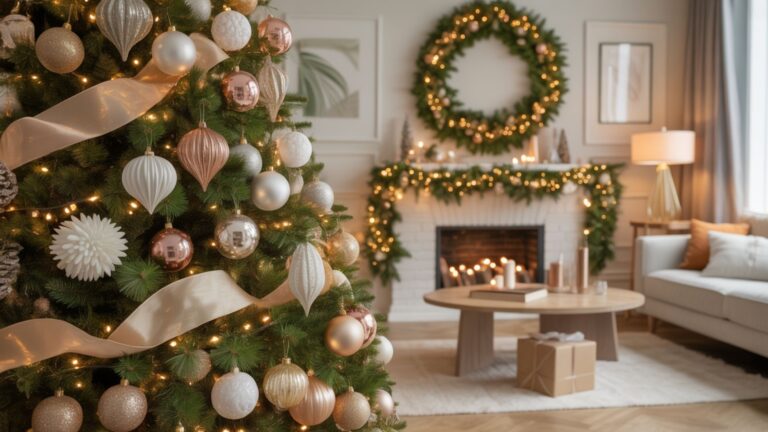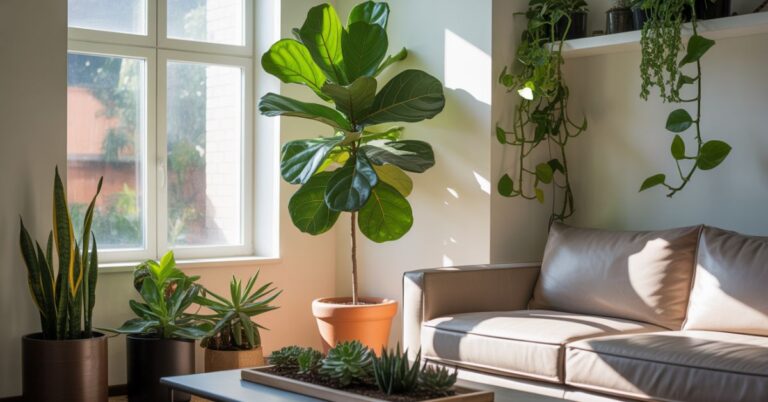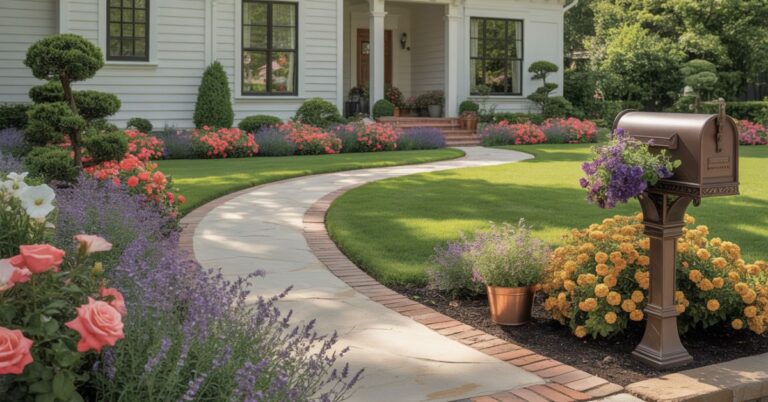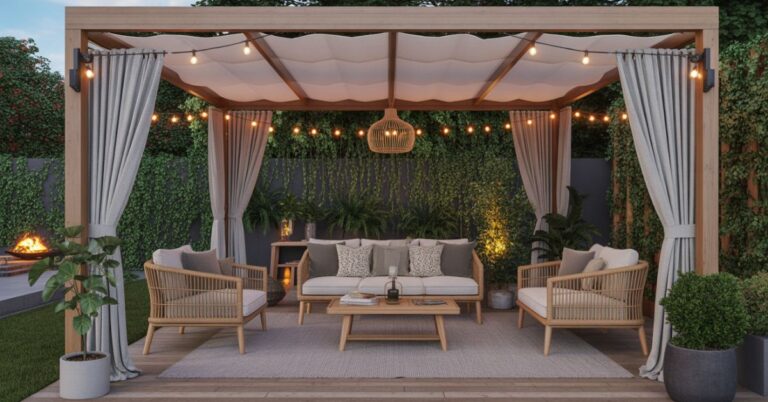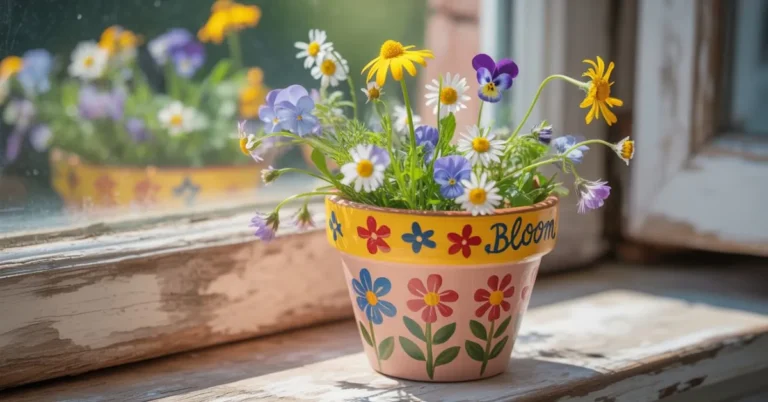15 House Plants to Growing and Caring for Indoor Plants
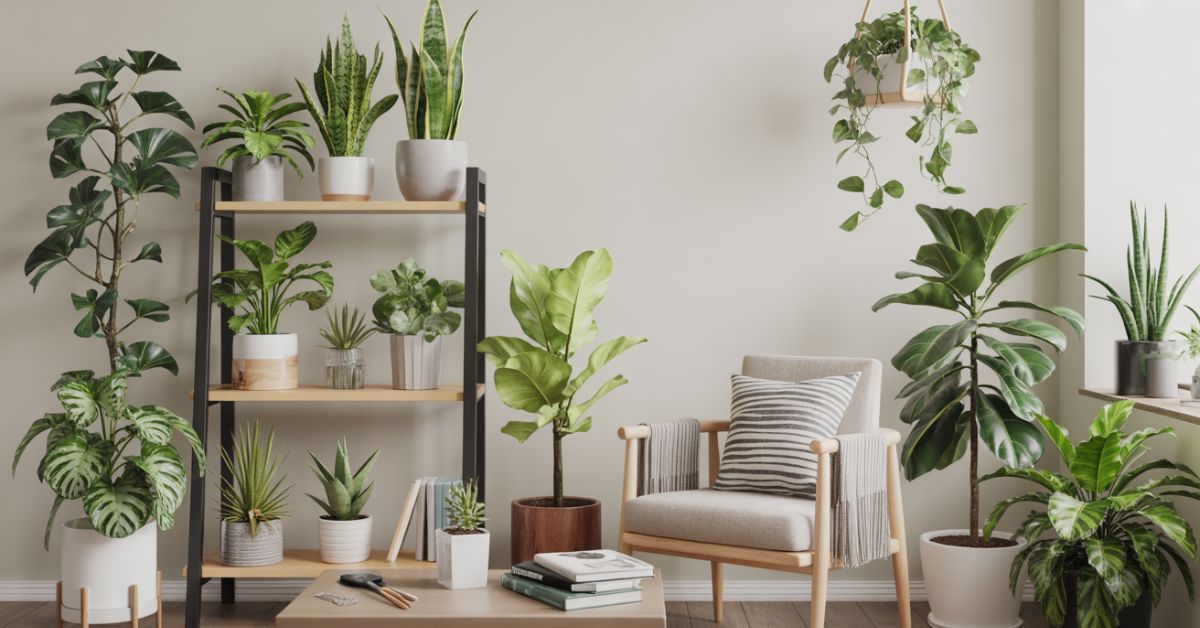
House plants have become more than just decorative accents, they’re an essential part of modern living. From the lush, tropical look of a Monstera to the minimalist charm of a Snake Plant, indoor plants can instantly transform a space, making it feel fresher, more vibrant, and inviting. Beyond aesthetics, house plants are known to improve air quality, reduce stress, and even boost productivity, making them a perfect blend of beauty and wellness for any home or office.
Whether you’re a beginner just starting with easy-to-care-for varieties like Pothos and ZZ plants, or an experienced plant lover expanding into exotic species, house plants offer endless possibilities. They thrive in different environments, from sun-filled living rooms to low-light bedrooms, and can be styled to match any interior design. With the right care and selection, house plants not only brighten up your surroundings but also bring a touch of nature indoors, creating a healthier and happier atmosphere.
What Are House Plants?
House plants are plants that grow indoors, either in pots, containers, or hydroponic setups. Unlike outdoor plants, they adapt to living in controlled environments with lower light, stable temperatures, and limited soil.
Humans have been keeping indoor plants for centuries. Ancient Egyptians, Greeks, and Romans grew decorative plants in containers. In the 19th century, the popularity of Victorian homes filled with ferns and palms began a trend that continues today.
Read More: Exterior Elevation Design Modern to Stylish and Functional Homes
Today, house plants are loved for their versatility, whether you want to purify the air, grow edible herbs in your kitchen, or simply make your home look stylish.
Benefits of Having House Plants
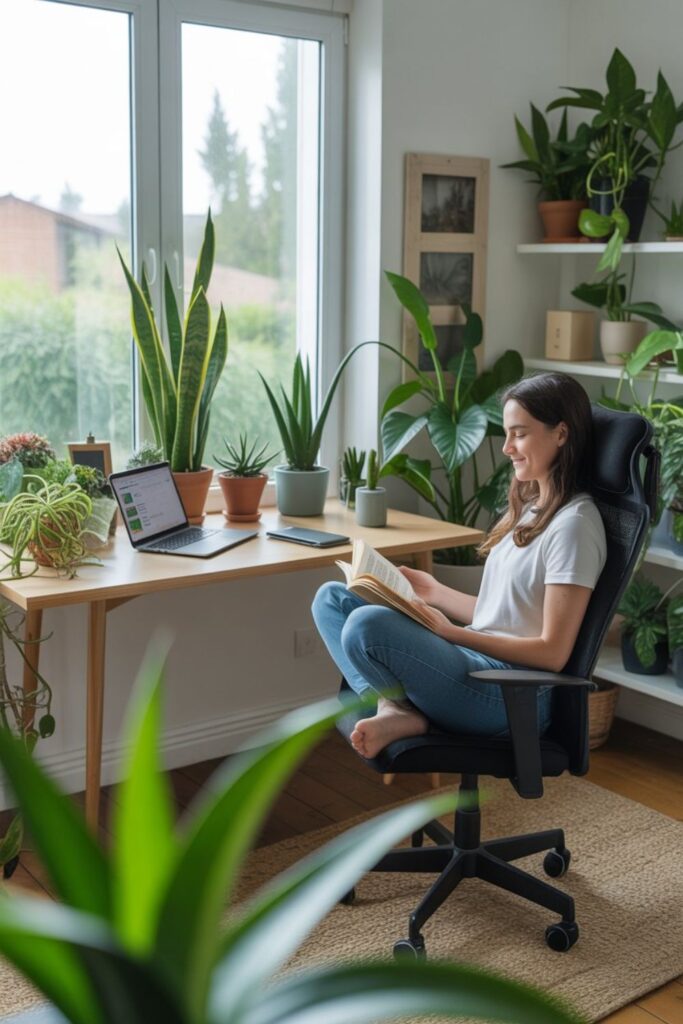
House plants aren’t just pretty, they have real benefits:
- Cleaner air: Many indoor plants filter toxins like benzene, formaldehyde, and carbon monoxide. NASA’s Clean Air Study highlighted several air-purifying species.
- Stress relief: Studies show that interacting with plants reduces stress, lowers blood pressure, and improves mental health.
- Increased productivity: Office spaces with plants see higher creativity and focus among employees.
- Natural humidifiers: Plants release moisture into the air, making indoor environments more comfortable.
- Home aesthetics: From minimalist succulents to lush monsters, plants transform interiors into welcoming spaces.
Choosing the Right House Plants for Your Space
Not all house plants are created equal, some thrive in low light, while others need bright sun. Before buying, consider:
- Light levels: Does your space get direct sunlight, partial shade, or low light?
- Humidity: Bathrooms and kitchens are ideal for humidity-loving plants.
- Maintenance level: Beginners may prefer hardy plants that tolerate neglect.
Best House Plants for Beginners
- Snake Plant
- Spider Plant
- Pothos
- ZZ Plant
- Aloe Vera
Best Low-Light House Plants
- Peace Lily
- Chinese Evergreen
- Philodendron
- Cast Iron Plant
Best Air-Purifying Plants
- English Ivy
- Bamboo Palm
- Rubber Plant
- Boston Fern
Top 15 House Plants You Can Grow Indoors
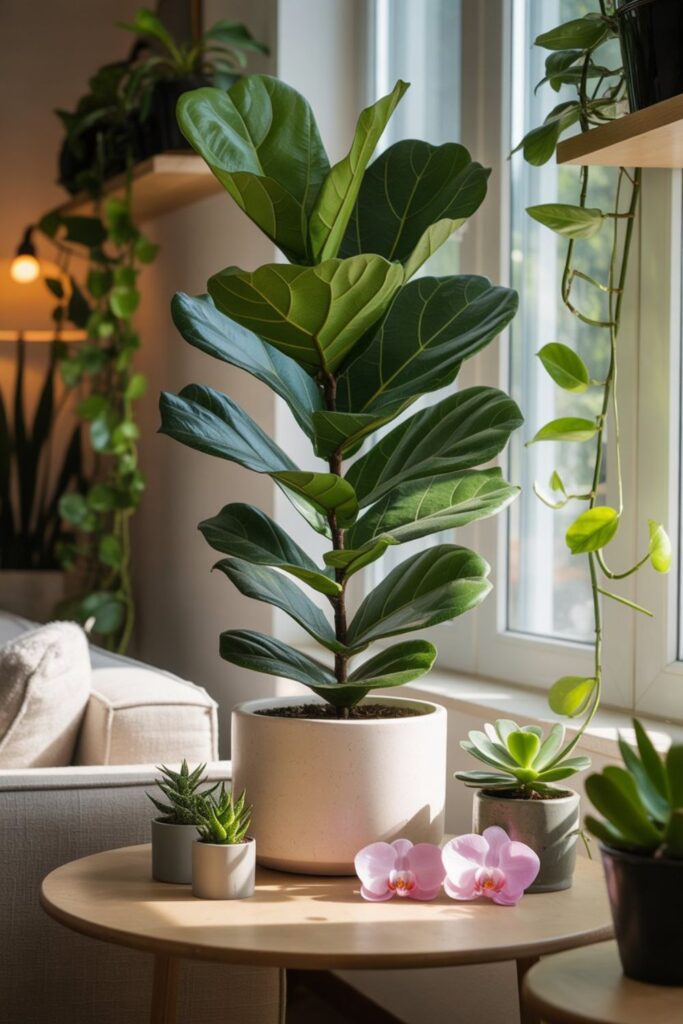
Here’s a list of popular and easy-to-grow indoor plants:
Read More About: 3 Floors Building Elevation Modern to Stylish Designs
- Snake Plant (Sansevieria) – Extremely hardy, tolerates neglect, improves air quality.
- Spider Plant – Easy to grow, produces “babies” for propagation.
- Peace Lily – Elegant white blooms, great air purifier.
- Monstera Deliciosa – Iconic large leaves, trendy and Instagram-famous.
- ZZ Plant – Low maintenance, thrives in low light.
- Fiddle Leaf Fig – Stylish statement plant, needs bright indirect light.
- Aloe Vera – Succulent with healing gel for burns and skin care.
- Succulents & Cacti – Perfect for sunny windowsills, very low water needs.
- Philodendron – Fast-growing and adaptable.
- Rubber Plant – Glossy leaves, good for modern décor.
- English Ivy – Great for hanging baskets and shelves.
- Pothos (Devil’s Ivy) – One of the easiest plants to grow, survives in most conditions.
- Chinese Evergreen – Colorful leaves, very tolerant of low light.
- Bamboo Palm – Great for air purification, thrives in indirect light.
- Herbs (Basil, Mint, Rosemary) – Edible, fragrant, and useful for cooking.
Essential House Plant Care Tips
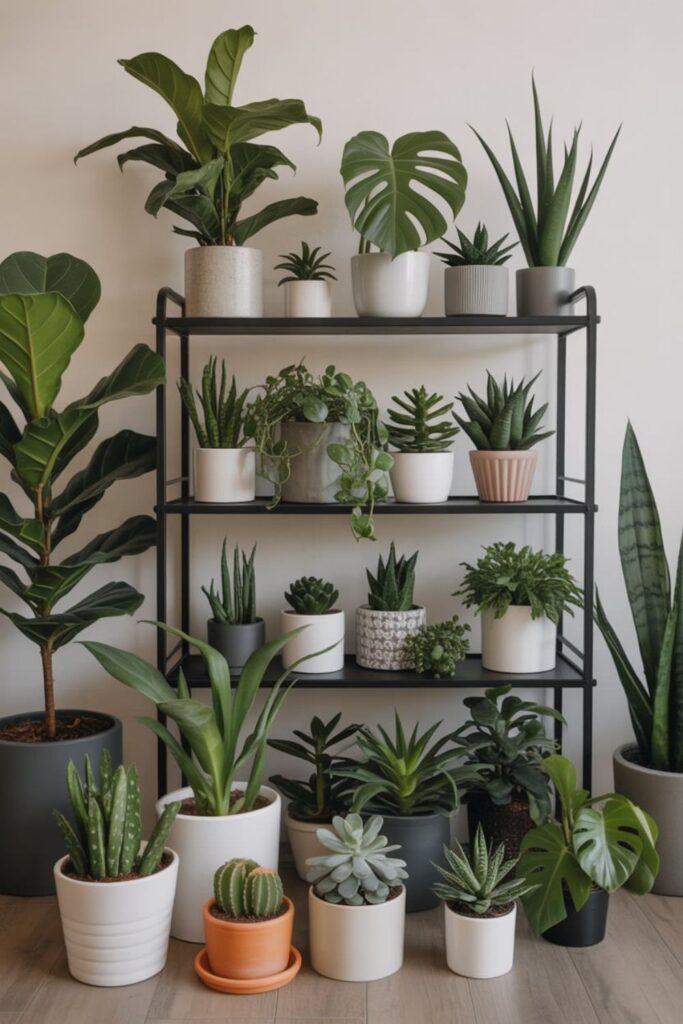
Caring for house plants doesn’t have to be complicated. Follow these basics:
- Watering: Check soil moisture before watering. Most plants prefer slightly dry soil over soggy conditions.
- Lighting: Place plants where they receive the right amount of light—bright, indirect light works for most species.
- Soil & Potting Mix: Use well-draining soil; succulents need sandy mix, while tropical plants prefer organic-rich soil.
- Fertilizing: Feed monthly during growing seasons (spring and summer). Reduce in winter.
- Repotting: Repot every 1–2 years when roots outgrow the pot.
- Pest Control: Watch out for spider mites, aphids, and fungus gnats. Neem oil and insecticidal soap are safe treatments.
Common Problems with House Plants (and Solutions)
- Yellow leaves: Usually from overwatering or poor drainage.
- Drooping plants: Could be under-watering or root issues.
- Brown tips: Low humidity or too much fertilizer.
- Pests: Treat with neem oil, insecticidal soap, or wipe leaves with alcohol.
- Root rot: Caused by excess water, repot in fresh soil if roots are mushy.
Decorating with House Plants
House plants double as décor. Try these ideas:
- Living room: Large statement plants like fiddle leaf figs or monstera.
- Bedroom: Air-purifying plants like snake plants and peace lilies.
- Bathroom: Ferns and orchids thrive in humidity.
- Kitchen: Herbs in small pots for cooking and fragrance.
- Hanging plants: Use shelves, macramé hangers, or wall planters for trailing plants.
Seasonal Care for House Plants
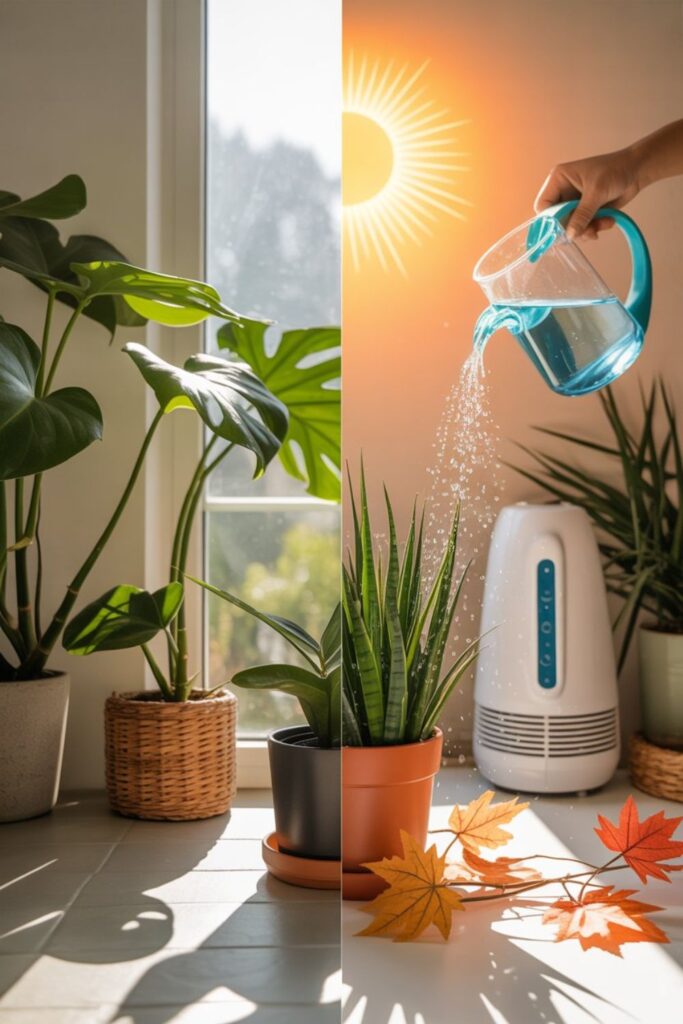
- Summer: Water more often, protect from direct harsh sunlight.
- Winter: Reduce watering, move plants away from heaters.
- Spring: Best season for repotting and fertilizing.
- Fall: Transition plants for dormancy by reducing water.
Best House Plants for Different Needs
- Low-maintenance: Snake Plant, ZZ Plant, Pothos.
- Pet-friendly: Areca Palm, Calathea, Boston Fern.
- Small apartments: Succulents, cacti, aloe vera.
- Large statement plants: Fiddle Leaf Fig, Rubber Plant, Monstera.
House Plant Trends in 2025
Indoor gardening continues to evolve. Current trends include:
- Rare collector’s plants: Variegated monstera, pink princess philodendron.
- Eco-friendly practices: Recycled pots, organic fertilizers.
- Smart gardening: Self-watering pots, grow lights, plant care apps.
- Social media influence: Instagram and TikTok make certain plants viral overnight.
Frequently Asked Questions
What is the easiest house plant to grow?
Snake Plant and Pothos are nearly indestructible and perfect for beginners.
How often should I water my house plants?
It depends on the plant, but most prefer when the top 1–2 inches of soil is dry.
Which plants clean the air best?
Peace Lily, Snake Plant, and Bamboo Palm are top performers.
Can house plants survive in low light?
Yes, ZZ Plant, Chinese Evergreen, and Peace Lily are great options.
Are house plants safe for pets?
Some are toxic. Opt for pet-friendly varieties like Areca Palm or Calathea.
Conclusion
House plants are more than just a home trend, they bring health, beauty, and joy into everyday life. Whether you’re growing a lush monstera, a row of succulents, or a kitchen herb garden, caring for indoor plants is both rewarding and therapeutic.
Start small with easy-care plants like snake plants or pothos, then expand your collection as your green thumb grows. With the right care, your indoor jungle will thrive year-round, turning your home into a vibrant, refreshing sanctuary.

